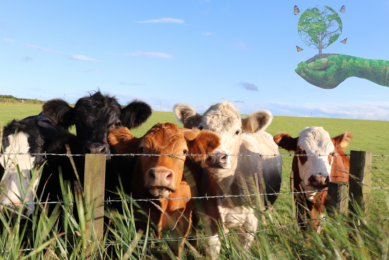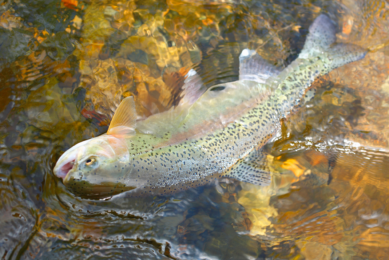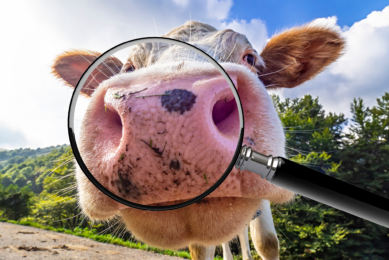Column: What does natural and sustainable pet food mean?

Many people believe that natural is healthy, making the adjective an effective marketing tool for pet food. The European Petfood Industry Federation (FEDIAF) states that natural pet foods should only contain components to which nothing has been added and have undergone only processing that maintains their natural composition. FEDIAF allows the use of synthetic vitamins and minerals with an appropriate disclaimer. However, to dog and cat owners natural can mean different things such as fresh, unprocessed, free of chemically synthesised compounds, but also what their pets could find in the wild.
In the marketplace, natural pet foods principally stand out through the inclusion of ostensible natural antioxidants instead of synthetic ones. Natural foods beyond FEDIAF’s definition are found under different categories. The natural, grain-free foods, which have gone mainstream, may be co-labelled organic, holistic, biologically appropriate, ancestral, evolutionary or instinctive. Most foods in the four wild classes can be typified as low in carbohydrates and high in animal proteins.
Do pet food professionals and owners think the same over green?
With regard to green products in general, the buying decision of consumers is more influenced by packaging than labelling or special certifications. A survey that asked pet food professionals how they thought consumers define green pet foods found the three most popular responses to be natural ingredients, no preservatives and recyclable packaging. It is likely that pet owners associate natural with sustainable.

You may also be interested in:
Obese pets: back to whole prey diets?
In America, 190 million people share the luxuries of human life with their pets. That includes the habit to overeat, hence leading to diabetes, hyperlipidemia and cancer. Different feeding regimes are therefore needed.
Pet foods going wild are not sustainable
The ecological footprint of keeping pet dogs and cats is mainly determined by their food. As meat production is a resource-intensive process, pet foods higher in animal protein are more eco-unfriendly. The use of slaughter by-products as a source of animal proteins does not change anything. Animal by-products have a footprint similar to that of meats. The by-products are not waste, but competitive materials eaten by many human earthlings and also used as biofuel or aquaculture feed ingredients.
Natural, grain-free foods with a high content of animal protein impose more environmental burden than grain-containing pet foods rich in starchy carbohydrates and adequate in protein. Natural pet foods inspired by canine and feline wild feeding behaviour should be considered relatively unsustainable.












